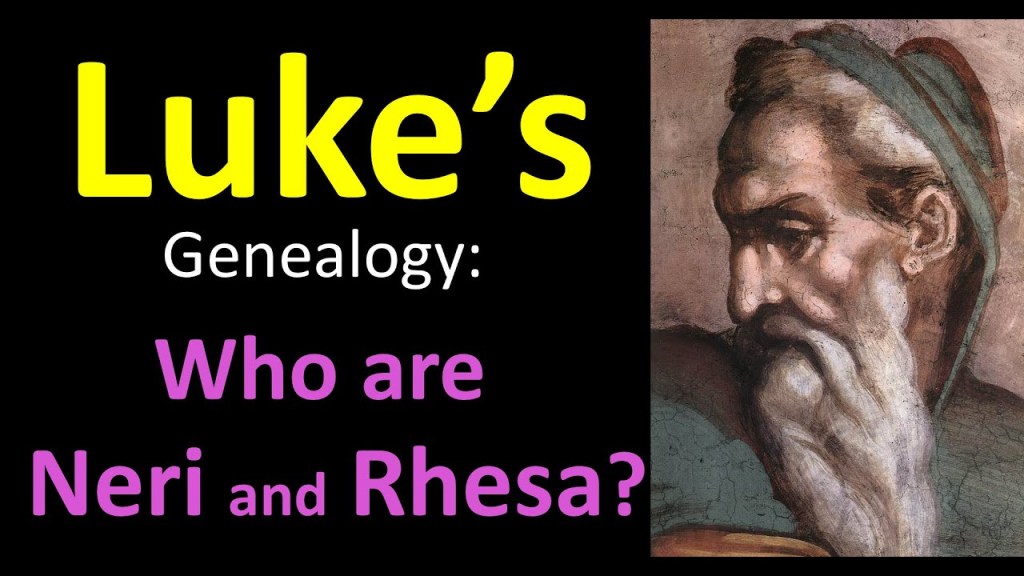Rhesa is a relatively obscure figure mentioned in the New Testament of the Bible. Although not much is known about him, his mention in the genealogy of Jesus indicates his significance within the context of biblical lineage. Rhesa is primarily acknowledged in Luke’s Gospel, specifically in the genealogy of Jesus found in Luke 3:27. While limited information surrounds Rhesa, his inclusion in Jesus’ lineage suggests a link to the historical and religious context of the time. Given the limited details available, it is challenging to provide extensive analysis on Rhesa. However, it is clear that his mention serves to establish Jesus’ genealogy and connection to previous generations.
Rhesa’s presence within Jesus’ genealogy is significant. In Luke 3:27, Rhesa is mentioned as the son of Zerubbabel, who was a prominent figure in the Hebrew Bible. Zerubbabel played a crucial role in rebuilding the temple in Jerusalem following its destruction by the Babylonians in the sixth century BC. This association highlights the historical and religious importance of Rhesa’s lineage, as it establishes a connection to significant events and figures within Israel’s history.
Although not extensively detailed, Rhesa’s inclusion in the genealogy of Jesus underscores the essential role he played within the lineage leading to Christ. The genealogy itself is portrayed as tracing Jesus’ ancestry back to Adam, emphasizing his divine and human nature. By including minor figures like Rhesa, Luke reinforces the notion that Jesus’ existence is grounded in a broader historical and religious context. Rhesa’s presence serves to strengthen the legitimacy and authenticity of Jesus’ lineage as well as his own significance within that lineage.
It is important to note that the genealogy in Luke’s Gospel differs from the one found in the Gospel of Matthew. The genealogy in Matthew connects Jesus’ ancestry to King David, while Luke’s genealogy traces it back to Adam. This disparity indicates that both genealogies serve distinct theological and historical purposes. Although Rhesa’s name does not appear in Matthew’s genealogy, it does not diminish his importance within Luke’s depiction. The inclusion of different names and figures in the two genealogies highlights the diverse purposes and approaches of the Gospel writers.
In conclusion, while limited information exists about Rhesa in the Bible, his mention in the genealogy of Jesus in Luke’s Gospel highlights his significance within the lineage leading to Christ. The association between Rhesa and Zerubbabel reinforces his link to historic events and religious figures of Israel’s history. Rhesa’s presence serves to establish the historical and religious context of Jesus’ existence and underscores the diverse approaches taken by the Gospel writers in constructing the genealogies. Despite the scarcity of information, Rhesa’s inclusion strengthens the authenticity and legitimacy of Jesus’ lineage, enhancing the theological significance of his portrayal in the New Testament.
